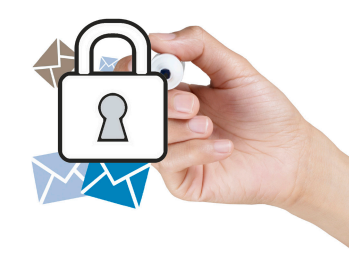4 Questions to Ask When Selecting an Email Encryption Solution

Once you determine who within your organization should be using email encryption to secure sensitive and protected information, you need to select from sea of vendors all claiming to be the “leading” provider.
Here are four (4) questions to ask when selecting an email encryption solution
1) Does the solution include a hosted, shared email encryption network?
Encrypting every email is hard, expensive, and does not accommodate the way most of us work. Using passwords and accessing portals are extra steps that take time and can create frustration. A shared email encryption network ensures that 100% of emails sent within the network are secured without any additional actions required by the sender or the recipient.
2) Does the solution offer policy-based encryption filters?
Most encryption solutions relying on users to trigger encryption by clicking a button or putting a tag into the subject line. Even if users understand every scenario that warrants encryption, they are likely to miss a few along the way. Solutions with policy-based encryption filters scan and automatically encrypt messages that contain sensitive information. The best solutions provide standard heuristics for common regulatory requirements and let you create custom policies to meet your business’ specific needs.
3) Is the solution easy to use?
Email is a business tool, and email encryption is no different. Ideally, the solution should be easy to use for sender and recipient. Difficult processes result in mistakes, compliance breaches, lost productivity, and users circumventing the system. Easy to use solutions foster adoption and compliance by automatically encrypting message, decrypting inbound messages at the gateway, and ensuring that replies and forwards get encrypted as well.
4) Is the solution provider awesome?
Choosing an email encryption provider is a long-term commitment and the lowest price is not always the best deal. Make sure your provider is trusted by others in your industry. Check to ensure their infrastructure has certifications and accreditations, such as SysTrust/SOC 3 or PCI Level 1. Make sure the solution can be deployed quickly and that your provider supports your deployment technically and with user training. Verify that your provider will support you on an on-going basis and minimize the resources required from you and your team.
We offer multiple email encryption solutions. Contact us to discuss your needs and explore the solution best for you and your business.






 A Case Study in Network Efficiency
A Case Study in Network Efficiency